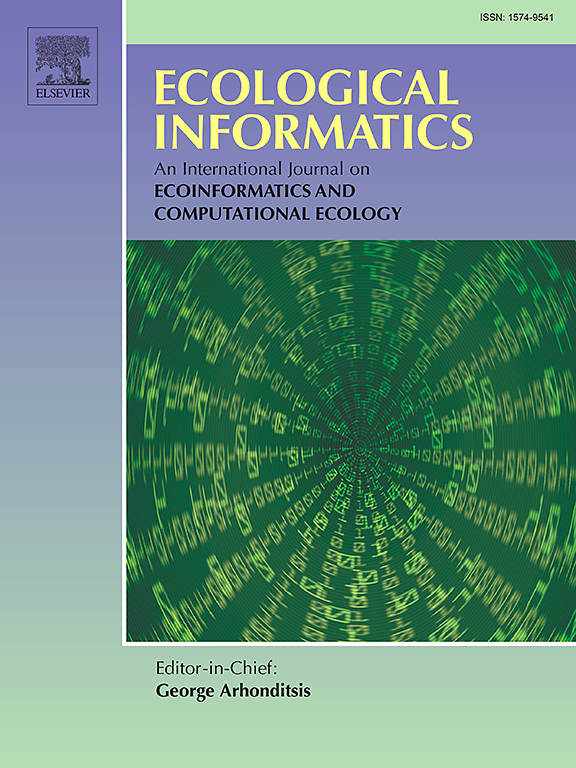Modeling and regulation of water exchange between the oxbow lake and the middle Yangtze River
IF 5.8
2区 环境科学与生态学
Q1 ECOLOGY
引用次数: 0
Abstract
Oxbow lakes in the middle Yangtze River are critical habitats for protected species such as the Yangtze finless porpoise and play a vital role in biodiversity conservation. The impacts of the Three Gorges Dam (TGD) on hydrological processes and water exchange dynamics between these lakes and the Yangtze River were analyzed. Since the TGD began operation in 2003, significant changes in water level fluctuations and their rates of change have reshaped water exchange intensity and ecological balance in the oxbow lakes. A statistical model characterized the probability density distribution of daily water-level change rates, identifying distinct operation-dependent shifts, with the most dynamic changes near the 30 m threshold. An empirical threshold regression model incorporating the Langmuir adsorption formula effectively described the nonlinear relationships among water level, water-level change rate, and water exchange flow, providing a reliable predictive tool. Seasonal and interannual variations in water exchange intensity were quantified across three critical intervals: flood preparation (Interval I), peak fish migration (Interval II), and post-flood recession (Interval III). Findings revealed reduced water exchange during Interval II negatively impacted small fish populations, challenging species such as the Yangtze finless porpoise. Increased water exchange during Interval III improved water quality by reducing nutrient concentrations and enhancing dissolved oxygen levels. Regulation strategies using an exponential function demonstrated the potential to optimize water exchange intensity by controlling water level variation rates. The proposed ecological hydrological regulation framework offers a scientific basis for improving water exchange during key biological periods, ensuring habitat quality and supporting biodiversity. These findings highlight the critical role of hydrological regulation in maintaining the ecological health and functions of oxbow lakes.
求助全文
约1分钟内获得全文
求助全文
来源期刊

Ecological Informatics
环境科学-生态学
CiteScore
8.30
自引率
11.80%
发文量
346
审稿时长
46 days
期刊介绍:
The journal Ecological Informatics is devoted to the publication of high quality, peer-reviewed articles on all aspects of computational ecology, data science and biogeography. The scope of the journal takes into account the data-intensive nature of ecology, the growing capacity of information technology to access, harness and leverage complex data as well as the critical need for informing sustainable management in view of global environmental and climate change.
The nature of the journal is interdisciplinary at the crossover between ecology and informatics. It focuses on novel concepts and techniques for image- and genome-based monitoring and interpretation, sensor- and multimedia-based data acquisition, internet-based data archiving and sharing, data assimilation, modelling and prediction of ecological data.
 求助内容:
求助内容: 应助结果提醒方式:
应助结果提醒方式:


